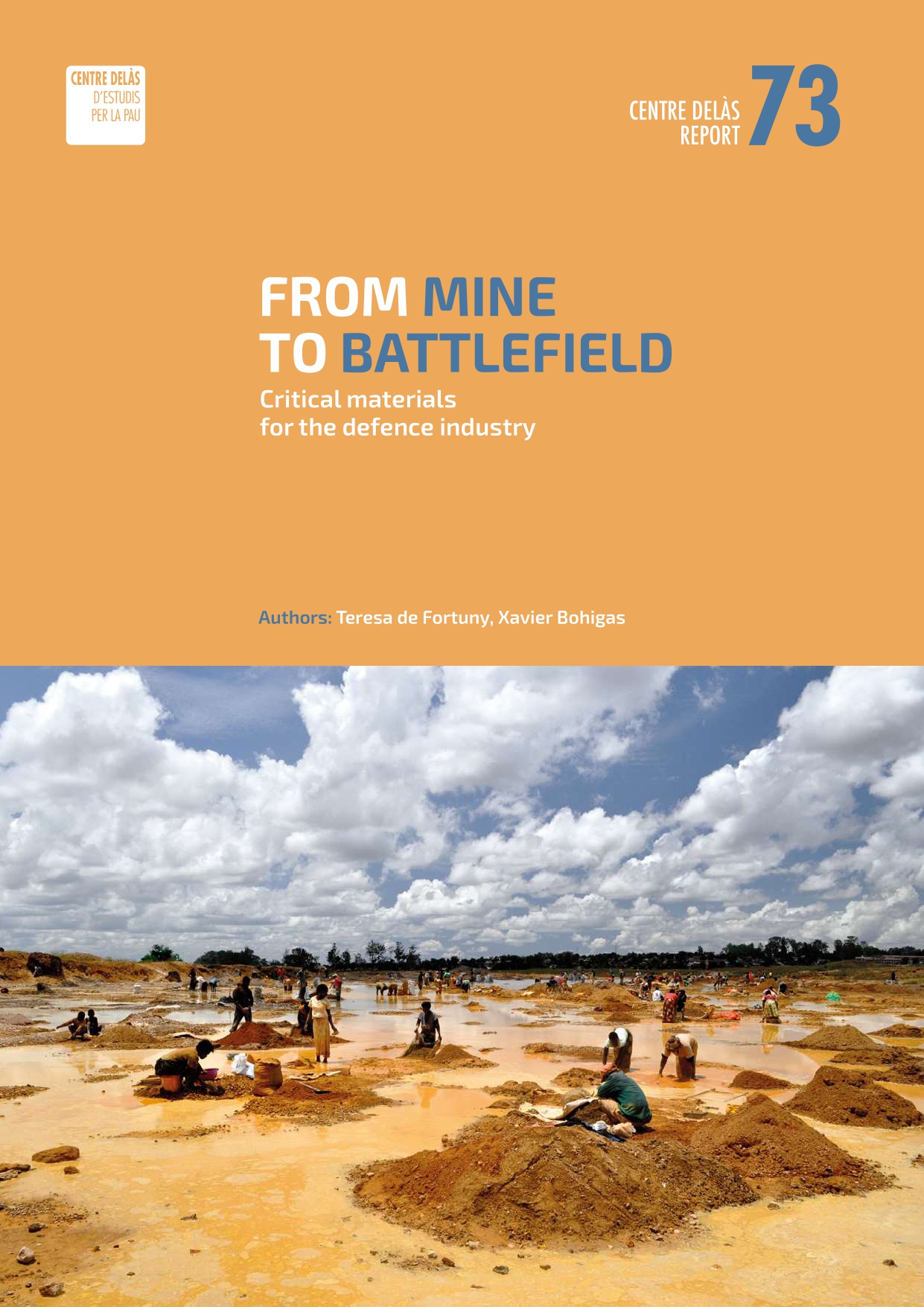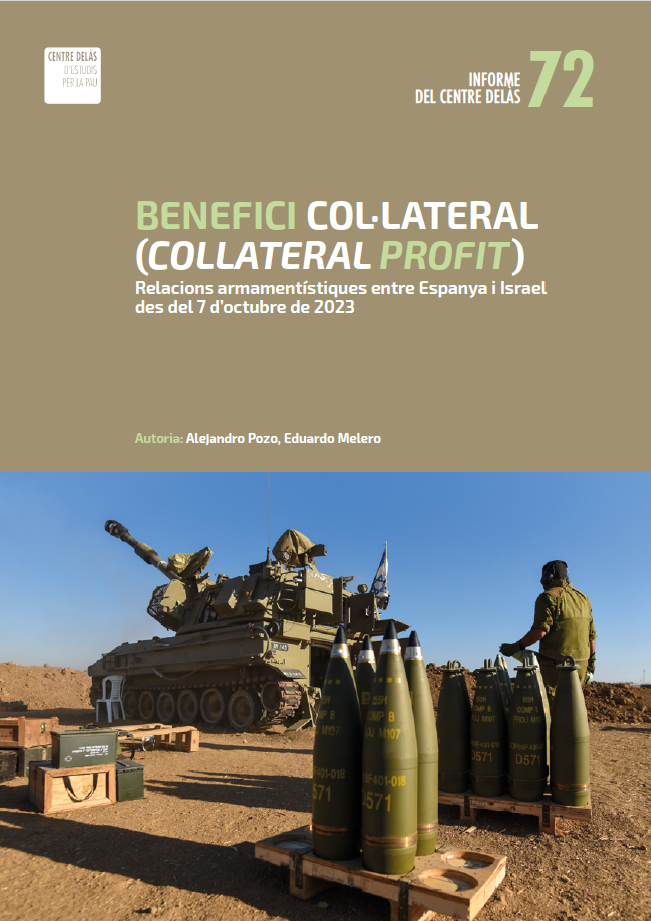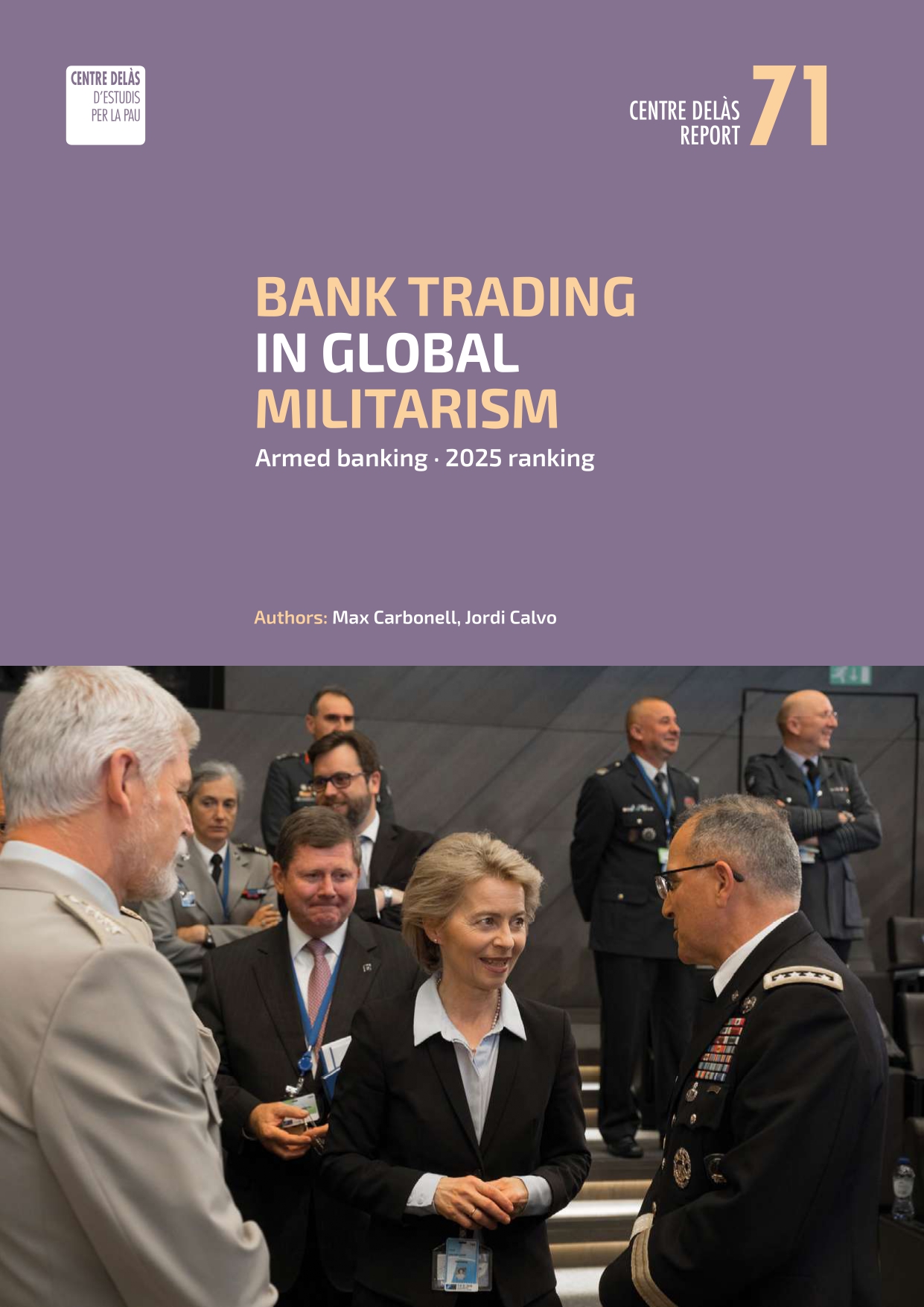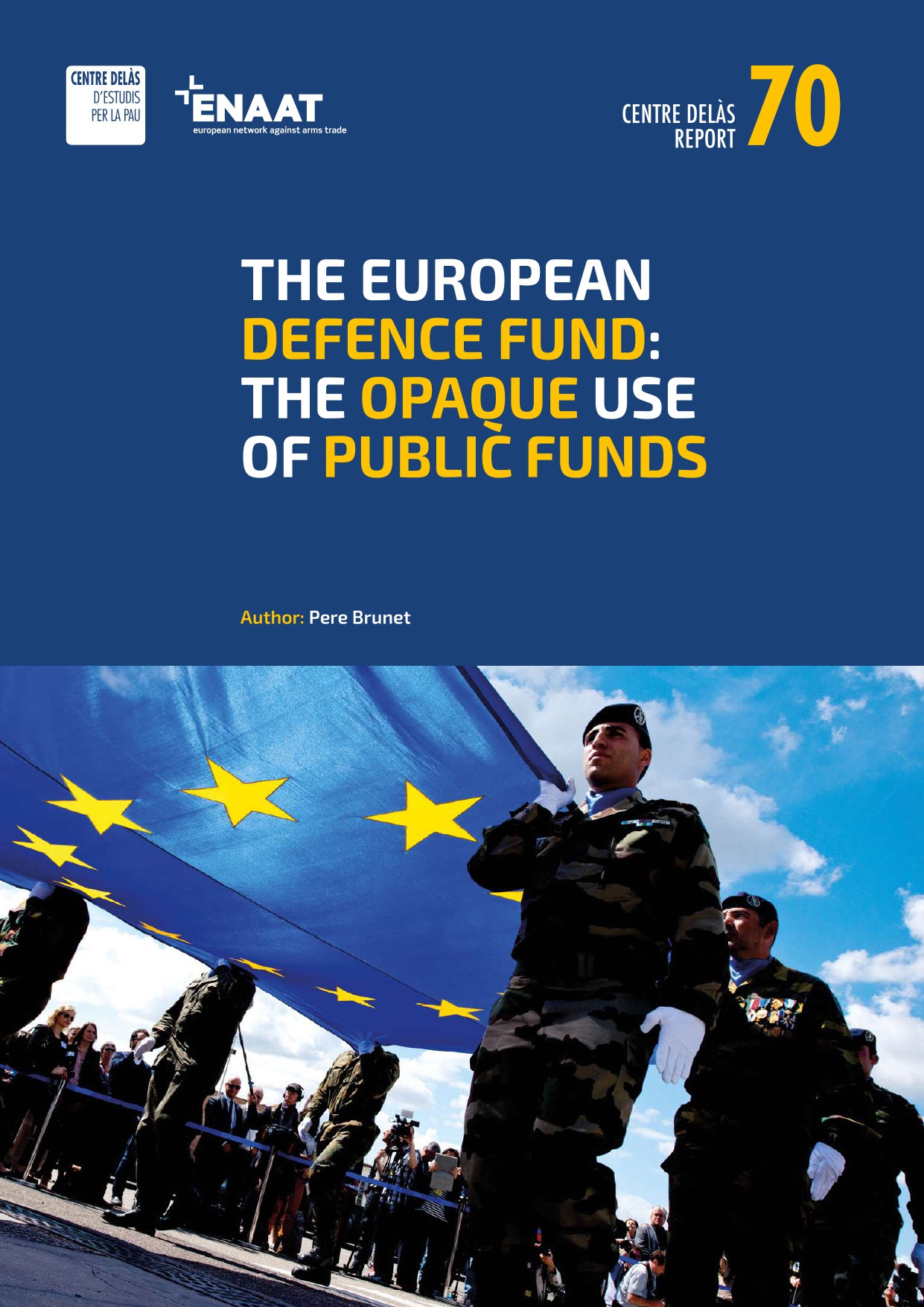What security, whose security? Military security is not neutral
Jordi Calvo (International Peace Bureau Vice President, Global Campaign on Military Spending Coordinator, Centre Delàs for Peace Studies Coordinator and researcher) – April 5th 2019
This article is extracted from his presentation at the AEPF’s International Conference on Universal Protection and Labour in Kathmandu (Nepal) on April 5, 2019.
There is no doubt that we are facing a new, wide and deep process of militarization worldwide. Military budgets are increasing every year, arms exports show a constant growth, military industry keeps expanding and more countries are capable of producing weapons. Investing in arms is very profitable, public grants and loans for research and development of new weapons are being increased now more than ever; military organizations such as NATO are proud of their legacy and push member states to dedicate 2% of their GDP to military budgets; migrations and borders are also more militarized than ever. In Europe alone there are 1,000 km of walls-, even humanitarian aid is falling under military heads; all these fall within a process of general privatization, where security is not an exception, as the traditional arms industries now offer security products and services. Everything can become militarized when it becomes a security matter.
Military spending has reached the highest level since the end of the Cold War: 1,739 trillion USD is SIPRI’s estimation for 2017, representing 2,2% of global GDP and 230 USD per person per year. As usual, a few countries account for most of the Military Spending, spending 60% by the first 5 (USA, China, Saudi Arabia, Russia and India). By regions it is North America (40%) leading this ranking, followed by East Asia (18,6%) and Western Europe (14,1%). Europe and Asia together accounted for 45% of global military spending. Military budgets are mainly used to cover for the cost of the army’s human resources and their weapons and equipment – there are 16,5 million militaries and 11,9 million of paramilitaries in the world, but also to keep and foster the military economical sector.
Main arms producers export 30,000 millions USD of major weapons every year, -according to SIPRI’s data. How does the arms export sector work? Most of the military companies are private and try to get contracts from any government that is willing to buy, but arms trade is not a free market, it is highly regulated by international and national norms and treaties. Military industries cannot sell weapons if their government doesn’t allow them to do so. Main regulations for arms trade are focused on criteria not to authorize arms exports licenses to countries in conflict, instability or where human rights are violated. In spite of that, every year arms are sold to countries engaged in conflicts and war and violate human rights, such as Saudi Arabia and UAE, members of the military coalition in the Yemen War, Turkey, Egypt, Iraq, Afghanistan, and many others far from being peaceful or an example of respecting human rights. Main importers of arms in 2018 in the world are Saudi Arabia, India, Egypt, Australia, Algeria, China, UAE, Iraq, South Korea, Vietnam, Pakistan and Indonesia.
Financing of arms is also an important issue of the military economic cycle. Military companies are financed by banks, insurance companies and investors through many of their products: loans, revolving credits, bonds issuance, shareholding, etc. We know from the International Armed Banks Database that financing of the main 40 arms companies in the world has reached 526,000 millions USD in the period 2013-17, with the participation of more than 500 banks, from 30 countries.
There are thousands of arms companies in the entire world, but as in many other sectors, few of them dominate global military markets. The first 100 arms industries identified by SIPRI are producing arms worth about 400,000 million USD every year. Regarding their origin, main arms companies come from the main military expenditure and arms exporting countries: 57% are from USA, 9,5% from Russia, 22% from western Europe, but also from Japan, Israel, India and South Korea. As we can see main arms producers are NATO countries and other military allies. But there are new countries that are investing in a future national military industry, through imports that combine the acquisition of costly weapons systems with the transfer of technology and production of part of them in national territory. That is the case of Australia and what Saudi Arabia is attempting to do.
It’s a fact that among main arms companies there are some big trans-European companies like Airbus Military, and others from the main military industries in Europe: UK, Germany, Italy, France and Spain. It shouldn’t be a coincidence that the EU is in the process currently of approving, in a hurry and out of public and political debate, few weeks before the EU elections to be held in May 2019, the main change in history of the EU defence budget, that will include an extraordinary amount of resources for Research and Development of weapons, that expects to get about 50,000 millions € for 2021-27, including member states contributions of 35,000 millions € that won’t count as deficit.
The final justification for the existence of military spending, military organizations and other institutions created for defense and security is that they are considered to be the best way of responding to the fears of a society and to the threats to its security. But what are these threats? Whose security is being discussed? What means should be used to ensure security? For the EU, NATO or US the main threats to security are terrorism and violent extremism, proliferation of weapons of mass destruction, cybersecurity, energy security, organized crime, maritime security –and in the case of the US this extends to air and outer space–, climate change, irregular migratory flows –and in the case of the EU, the management of external borders– and economic crises –which NATO specifies as financial, and the US widens to economic slowdowns as security threats. Finally, all of them seem to have in common in the analysis of risks or threats armed conflict and the so-called weak or failed states.
The previous analysis of threats and risks to security places us into a scenario in which military response doesn’t seem to be the most useful option, indeed, it would seem a marginal resource of doubtful utility in terms of confronting all threats mentioned above. In fact, they are already faced with diplomacy, police, environmental measures, humanitarian action and social services, among others.
Military security is not the best response to the challenges faced by our modern, global, interdependent and diverse society. Theoretical foundations and practical approaches point toward the possibility and necessity of building a theory and practice of security based on different parameters, that are an alternative to and even opposed to the hegemonic security state that encourages the military economic-cycle. Arms businessmen are the most interested in the promotion of securitization, as the best scenario to keep up their economic activity and profit.
Security is not a given, objective and unquestionable dimension, but rather it is susceptible to any number of interpretations, and as a result, analysis on the topic is not independent from a moral or political viewpoint. An epistemological approach is necessary, as security analysis is not neutral. Military industrial complex is not neutral, we need to reduce its power to influence security policies, through political work to reduce military spending in public budgets and by controlling and reducing arms exports, avoiding working with banks that are financing arms companies and withdrawing grants and public support to military industry, thus making more difficult arms production for the military industry. There is a need to build security based on human security, feminism, environmentalism and pacifism.







